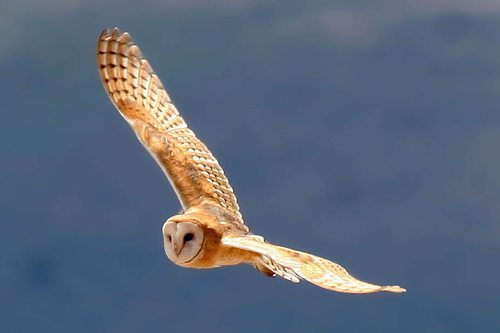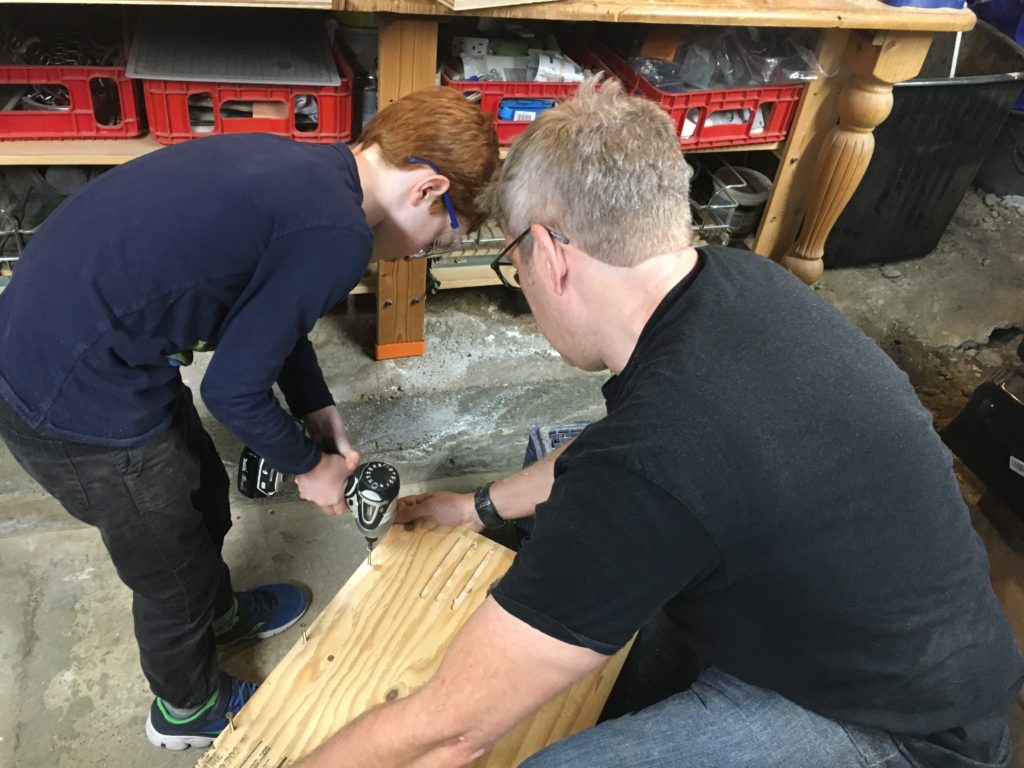Meaningful help for owls
By Eddie Bartley and Noreen Weeden
Ari Dalfen, an “almost” 9-year-old and a 3rd grader, hails from the Richmond District in San Francisco. Recently, along with his moms, Ari visited the California Raptor Center in Davis, CA. The facility is part of the U.C. Davis Veterinary Medicine which treats over 300 hawks and raptors each year for a wide variety of medical needs and also provides information to the public. Ari has always been fascinated by hawks and owls so, after witnessing injured birds being rehabilitated at the Center, he became inspired to do something to help hawks or owls.
For his Jewish Studies class at Brandeis School of San Francisco Ari has been asked to develop a tzedakah project (tzedakah means “justice” in Hebrew) which serves the community and also something that is personally meaningful to him. Ari asked the good folks at California Raptor Center about volunteering but, on discovering he is not yet old enough to volunteer there, realized he had to think outside of the box, so to speak. The Center’s fine website describes how raptors play a critical role in our environment. Owls, particularly Barn Owls, provide significant ecosystem services keeping rodent numbers in check by consuming huge numbers of mice, voles and rats especially during the breeding season.

Reduction of vegetated habitat due to human development pressures in California has depressed wildlife numbers and biodiversity generally and this has had a negative impact on both diurnal (those active dawn and dusk) and nocturnal (those active mostly at night) raptors. A more recent double-whammy to eagles, falcons, hawks, owls and other predators is that powerful modern rodenticides used to poison rodents also causes secondary poisoning to any animal who selects that compromised rodent (an easy target) for prey. A third modern problem for cavity nesting birds, including many owl species and songbirds, is a general lack of natural nest cavities due in part to people’s proclivity to cut dead trees that may otherwise be used for nesting. For many animals the lack of an appropriate nesting cavity is a primary population limiting factor. Fortunately for Barn Owls, people have discovered that installing a specifically designed nest box in an area where rodenticides are not used and in appropriate habitat is a great way to provide a safe nesting place that may not exist otherwise. This has been wonderfully demonstrated in the county of Marin by the good folks at the Hungry Owl Project. Some naturalists estimate that since the efforts of the Hungry Owl Project began to install Barn Owl boxes at vineyards, golf courses, back yards and many more locations, the Barn Owl population has doubled in Marin County!
Who you gonna call? After discovering some research on Barn Owls Ari became more determined than ever and sought out a local connection. Soon he discovered and contacted Golden Gate Bird Alliance to ask:
- If there were needs for a Barn Owl box in San Francisco (Oh boy, is there ever!)
- And, if they had advice on assembling an appropriate box.
Once common in San Francisco, Barn Owls have valiantly endured locally through the years. Despite their nocturnal habits alert bird watchers annually detect Barn Owls in small numbers and occasionally discover nests, sometimes in surprising places. Cornices of historic buildings, dilapidated old building, palm and mature oak trees have all been locations which Barn Owls have discovered and have made breeding attempts.
Historically Barn Owls have adapted well to human habitation (as evidenced by their name) and by doing so have helped humans reduce pest rodents that tend to go after human stores of food. If you are having rodent problems, having Barn Owls around is a very good thing!
Since San Francisco adopted an Integrated Pest Management policy in 1996 it is believed that the species has made some slight head way here in San Francisco and, if some of the public rodenticide reduction goals can be met, there is hope that Barn Owls can regain their ecological niche in helping the City manage pest numbers naturally.
Golden Gate Bird Alliance provided construction plans for a box designed specifically for Barn Owls however; Ari had another hurdle to overcome. Who had the proper tools and the experience to build the design? Family friend and neighbor Jens came to the rescue not only provisioning the power tools but teaching Ari to use them to build the box with his own hands – how cool is that!


Next task in the program: where to put it? An appropriate rodenticide free location requires some study. No sense in attracting a Barn Owl to an area filled with dangers. Golden Gate Bird Alliance Volunteer Director Noreen Weeden was able to connect Ari with Andy Stone a Section Supervisor of Gardeners at San Francisco Recreation and Parks Department in Golden Gate Park. Andy met with Ari before school one day and one of the many things learned was that gardeners keep very early hours.


Andy and Ari both talked about optimal places to install the nest box (i.e. away from Great Horned Owls, who also live in Golden Gate Park and might be predators to Barn Owl chicks). Ari provided the Barn Owl nest box to Andy for installation and the box is now installed in a secure and safe place in Golden Gate Park. Ari really hopes his box will be used by some Barn Owl parents to keep their owlets safe until they’re able to fly.
If you are interested in nest boxes for native birds, join Golden Gate Bird Alliance and the Presidio on Sunday, April 8, 2018. The morning is habitat restoration from 10am-1pm and then after a BYO lunch break, nest box installation is happening from 2-5pm RSVP required. Volunteers will meet at the Inspiration Point parking lot at the Lower Quarry site.
Barn Owl photo by Bob Lewis. All other photos by Liz Noteworthy.
